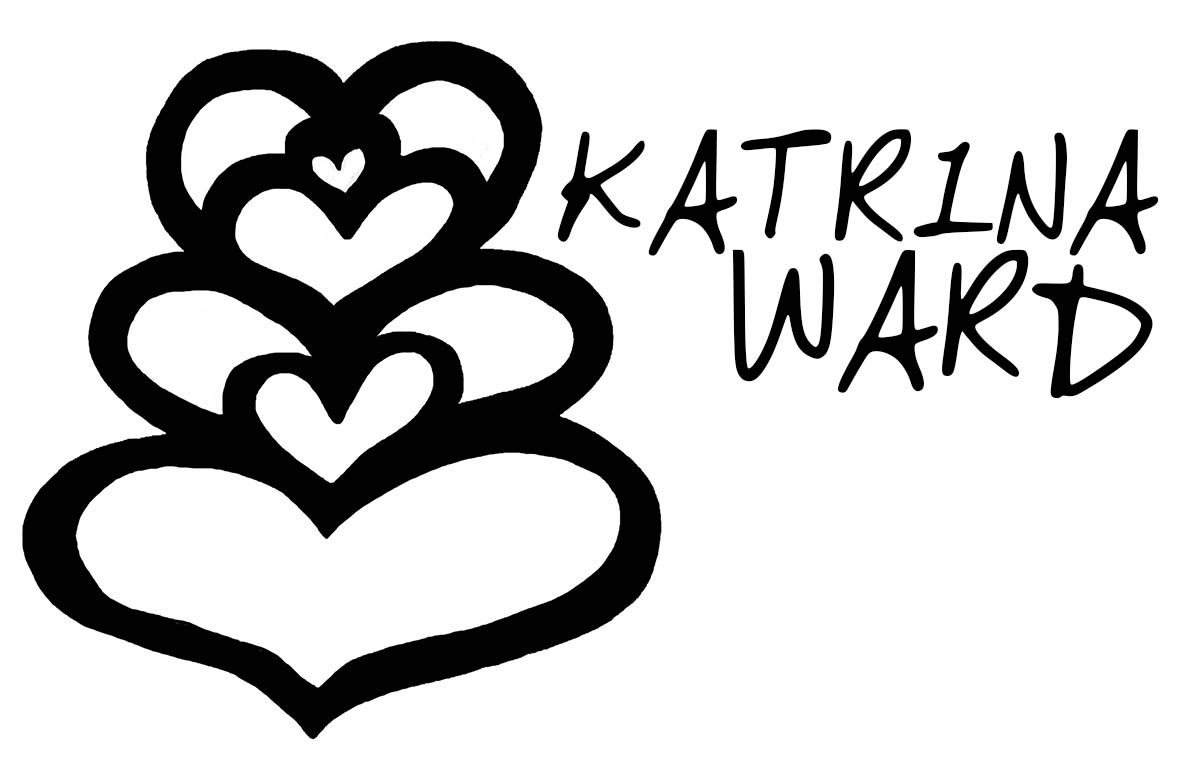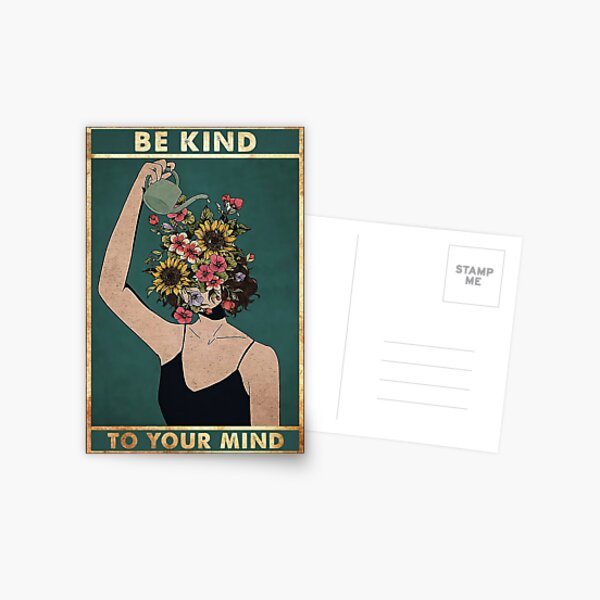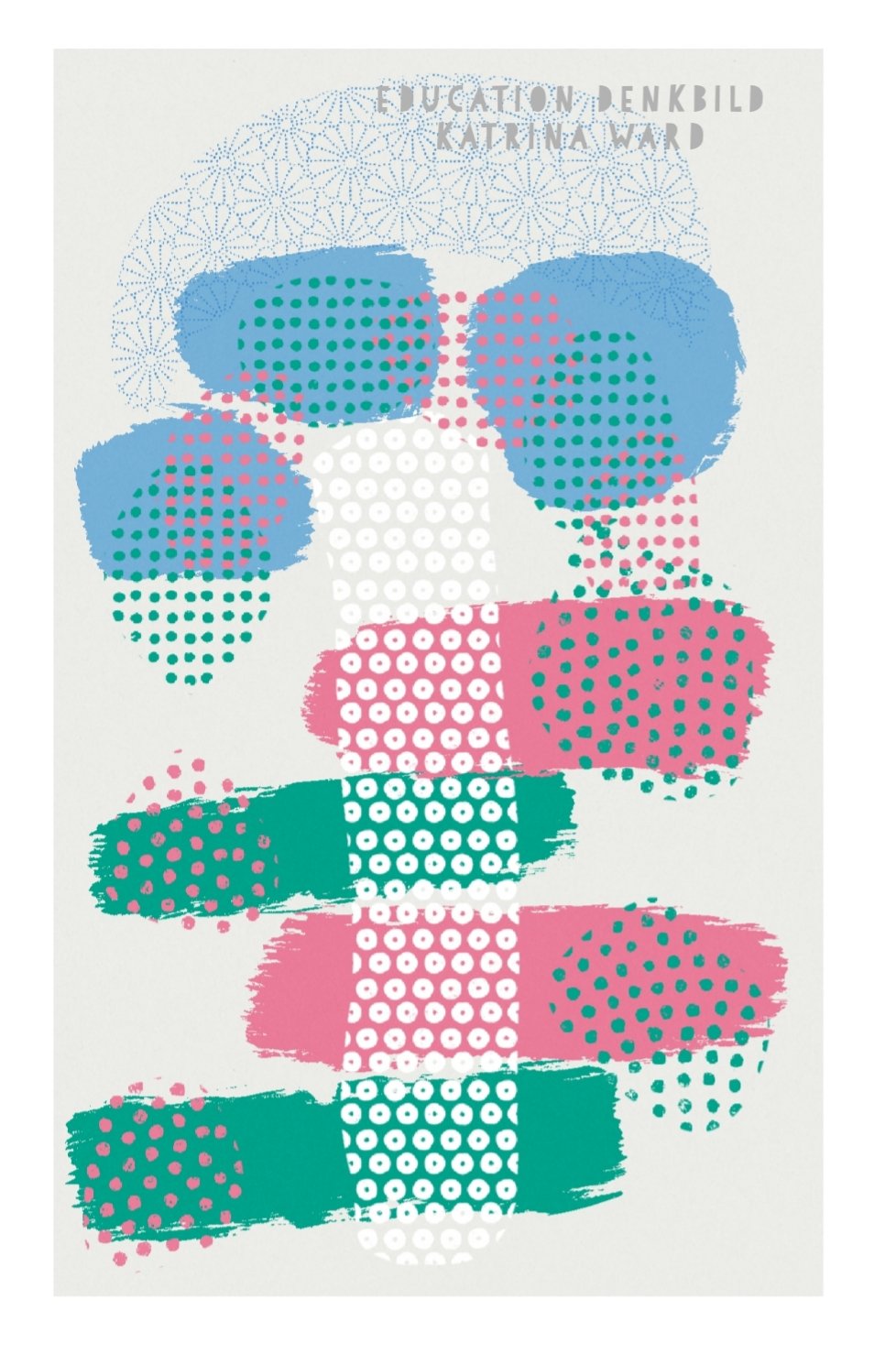One small tweak here, one small tweak there - imagine the difference that you might make over the course of a day, a week, a term… a year?
While designing some ‘stacking starter’ activities this year, I have been thinking about how the first five minutes of a class are the ‘golden moment’ to set the tone of the class, invite them into the learning and engage with the content. If you think about our students as users and apply some UX (user experience design), we need to be mindful that they have been tuned in to different teachers and different environments in a fairly relentless cycle before they get to us. So what can we do to make it welcoming, engaging, and exciting? I have been thinking about this a lot - and beyond the first five minutes and the great power of an effective starter - the answer can be found in Kaizen.
Kaizen is the Japanese art of continuous improvement. James Clear talks about a version of it through a different lens when he writes about habit stacking (stacking a new habit onto another once the previous one is ingrained) in Atomic Habits and I think that habit stacking AND constant tweaking to seek continuous improvement has enormous potential in the classroom.
This term my focus has been on the ‘first five’ of classroom culture. Embracing the ‘DO NOW’, I have been playing with this space as a place to explore literacy (word games), ignite problem-solving and critical thinking (puzzles or problems to figure out as they come in), retention strategies (list five key words from last lesson), Agency (choose from the choice board) and journaling opportunities. I have used it as a space for agency with ‘This or That’ frames and as a place to specifically target 21st Century Skills and learning dispositions that sit ‘beside’ current learning objectives. So what does Kaizen have to do with it?
In the ever-evolving landscape of education, finding effective ways to enhance teaching methods and empower students is a perpetual goal. And as a perpetual goal, we need to be agile and constantly shifting in order to meet it effectively. Kaizen - the Japanese term that translates to "continuous improvement," is a way to think about what we are doing as a process and not a product. It is a useful way to think about how we can constantly tweak the dynamics of our learning environments. Teach. Tweak. Repeat. It even has a fun ring to it.
At the heart, Kaizen is the belief that small, incremental changes can lead to significant improvements over time. Similar to habit stacking (This is adding a new habit to an existing habit - like listening to a podcast while driving to work since driving to work is an existing habit and listening to a podcast is the new desired habit we ‘stack’ onto it), tiny wins can result in large victories over time. In the context of education, this means continually seeking ways to refine the way we deliver, present, and reflect on the ‘glorious messiness’ of teaching and learning.
The Kaizen Classroom - Key Steps:
Embrace a Growth Mindset:
If you try something once and fail that does not mean that it will never work. A growth mindset helps us to think about what the students were carrying with them into the lesson, what we (we are not devoid of our own baggage) were carrying into the lesson, and realising that a single attempt is not a finite attempt nor is it the end product. As teachers, we need to have a growth mindset and model as well as encourage the belief that intelligence and abilities can be developed through dedication and hard work and, in this case, reflective iteration.
Continuous Self-Reflection:
I have a ‘plus-minus interesting’ reflection log that I have been keeping in my planning book. I jokingly refer to it as ‘Tragedy/Comedy’ sometimes (Have you seen that Will Ferrel film Stranger than Fiction? It is one of my favourite films). I regularly reflect on what worked and didn’t work and look for ways to shift and change my delivery. Was it too hard? Was it too easy? Were the instructions unclear? Was my technology choice fit for purpose? I am never afraid to ask the students what they need more of or less of and to really tune in to what they tell me. Regular reflection on teaching methods and outcomes allows us to figure out small things we might change when we try again. (Notice - we - not me). We can identify areas to refine and improve, and be open to growing - even if it still doesn’t work in round two.
Small, Gradual Changes:
It takes a long time to turn a large ship. If we think about how students have experienced school, how they have experienced the world and what their expectations are for what learning should ‘look like’ - we would be unwise to give them too much to chew on for fear they might choke. Having said that, they can eat larger and larger pieces gradually. In a year 10 class (over a term) we have gone from the students ‘doing nothing’ when coming in to jumping straight in, knowing what they are learning and where they are up to, following a weekly quest (a map I make for them each week) and working collaboratively to find out about questions as they come up. This is a big win - but it wouldn’t be there without nine weeks of incremental baby steps. Over these nine weeks I have gradually released their expectation of me as ‘sage on stage’ and taught them the skills they need to navigate ‘trickier’ and ‘unchartered’ learning experiences. If we avoid drastic overhauls and instead focus on small, manageable adjustments, we can make meaningful change happen. Incremental changes applied carefully can lead to lasting improvements.
Student-Centric Approach:
An exit ticket that requires a bit of bravery to administer is, ‘What do you want less of?’ Asking students how learning has been/is going for them is vital for successful iteration. Is this map working for you? Do you think these instructions could be clearer? Would you prefer to be quizzed at the beginning or end of the week? Students are the end users of our learning design and we can tailor our teaching strategies to meet the diverse needs and learning styles of all students - even if it is just one baby step at a time. Kaizen helps us to deliver tiny improvements for every student.
Data-Driven Decision-Making:
Iterations can also target success criteria. Recently, a student told me that he couldn’t prepare for the Current Affairs Quiz each week because he didn’t have time to read the news. A tiny tweak to my planning now includes ‘news time’ to read the headlines as a starter activity (that golden first five). To top it off, this tiny tweak has prompted me to think about how I can offer a ‘media smorgasbord’ to gently push students to consider different sources of news. I am looking forward to sharing Future Crunch with them (an optimist’s news feed) and slipping in some lateral research skills. My next ‘This or That’ for them may now be ‘read the headlines’ but with the choices of two different global news websites or obviously biased sources. We can utilise data (like a student underperforming in a current affairs quiz) to inform the next incremental tweak to our teaching practice. Tiny weeny eeny meeny adjustments every day can lead to improved outcomes over time. Just because we plan something one way doesn’t mean it can’t be tweaked in the process of delivery in order to be more responsive.
Culture of Collaboration:
For Kaizen to have the most Bang for Buck, we should all be talking about what we are trying, what we are tweaking and what we are failing at. I love sharing ideas in the classroom and love the stories of things that haven’t worked as much just as much as I love hearing about techniques that have worked. Teach, tweak, repeat - imagine if we all shared our wins and losses with each other and how much faster our strength as a collective might grow. Effective communication and a culture of collaboration amongst staff can amplify the impact of Kaizen in the classroom to become a genuine culture of learning and innovation beyond single cell iterations.
Most measuring sticks are divided by little steps. We can learn from them too. Inch by inch…
Here are some ways that Kaizen can be used in teaching:
Lesson Planning: We can add tiny updates to incorporate new ideas, technologies, and teaching methods. What if we tried ‘one new thing’ each week?
Feedback Loops: How are we getting student voice regularly? We might tweak how we get feedback so that we can be more responsive to students’ experiences.
Professional Development: Kaizen also applies to professional development. Though perhaps not daily, - monthly, termly or annual reviews of practice can promote a culture of continuous improvement. Need someone? (Hello! Pick me!)
Classroom Environment: Make a tweak to the classroom environment or staff room each week. It could be a new quote for the wall, a new display or a new way of sharing learning outcomes. Small wins add up.
Target the first five: Like my examples above, maybe the first five minutes is a worthy space to focus your energy.
I have touched on the benefits of a Kaizen Classroom - and in a nutshell - the Kaizen Classroom is the belief that small wins can lead to big victories over time. Whether it is improved engagement, streamlined ‘openers’, less time wasted in transitions, more engagement and buy-in with assessments or better relationships - Kaizen is being responsive, adaptive and reflective in the pursuit of doing things better.
The journey of education is just as important as the destination. If it doesn’t work the first time, tweak it. Try again. Tweak it. Try again. Twerk it. Work it. Repeat. (Deliberate typo for fun). If we apply Kaizen principles to teaching, we are never settling for ‘this is how it is because it has always been like this’. No. We can do better. We can not only transform our classrooms one baby step at a time but we can also shape a brighter, bolder, braver future. What little thing might you do differently?










